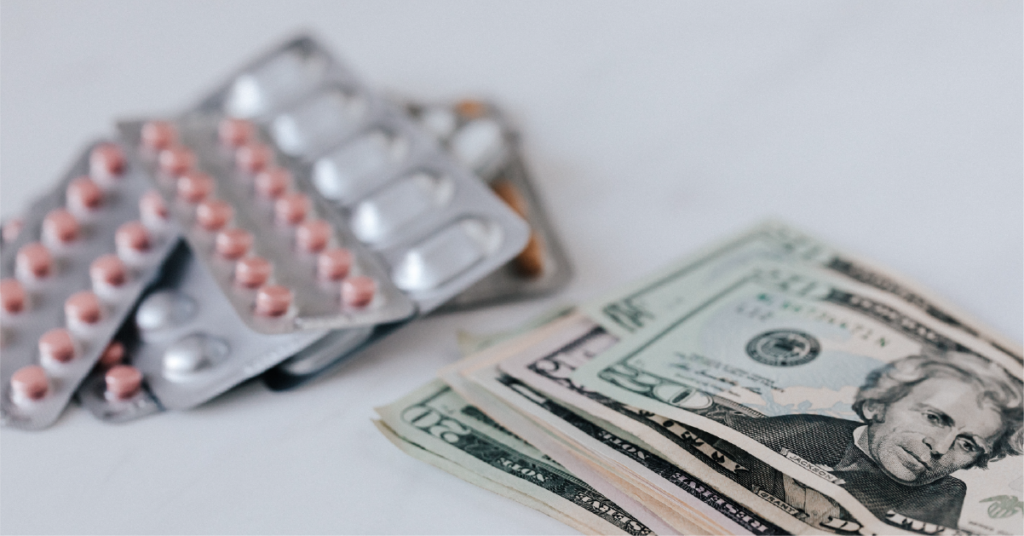
Direct and indirect remuneration (DIR), originally intended to reduce prescription drug prices for seniors, has grown to exert a significant impact on the profitability of retail pharmacies. As DIR fees have risen in recent years, they have come under scrutiny for their lack of transparency and for the fact that patients rarely benefit.
DIR fees are paid by pharmacies to health plans and pharmacy benefit managers (PBMs) for participation in Medicare Part D pharmacy networks. Recent data shows that DIR fees have skyrocketed by 1,600% in the last five years.[1] In 2019, pharmacy DIR fees rose to a record $9 billion, representing about 18% of total Medicare Part D rebates. DIR fees have also grown as a share of pharmacy industry revenues, from 0.08% in 2013 to an estimated 2.04% in 2019.[2]
In fact, research shows that pharmacies pay out more to plans than they earn in performance payments. For 2016, the U.S. Government Accountability Office reported that Part D plan sponsors received $2.3 billion from pharmacies but paid them only $211 million.[3]
With the significant financial burden created by DIR fees, many pharmacies are closing their doors. Among independent pharmacists, a survey conducted by the National Community Pharmacists Association (NCPA) shows that nearly 60% say they are somewhat likely or very likely to close their doors in the next two years. And 63% of these pharmacies say DIR fees are their biggest challenge.
Finding Relief in Medication Synchronization
The calculation of DIR fees is rooted in performance metrics used to evaluate pharmacies. Set at the discretion of health plans, these metrics include medication adherence, generic dispensing rates, preferred product rates and others. The better a pharmacy performs in these metrics, the lower their DIR fees will be.
Metrics related to medication adherence carry the most weight in assessing DIR fees. The good news is that pharmacies can take direct action to measurably improve medication adherence with these proven adherence strategies and solutions:
- Medication synchronization aligns a patient’s chronic medications to a single refill date, creating convenience for the patient while improving quality scores. A Harvard Medical School study shows that medication synchronization drove a 3% gain in days covered, and hospitalization and emergency department visits were 9% lower.[4]
- Adherence coaching identifies patients at risk for non-adherence and provides scripted, decision-tree coaching pharmacies can use to reverse the trend and boost their performance on adherence-related quality measures.
- 30- to 90-day conversion reduces the number of patient visits to the pharmacy and decreases the chances that a patient will run out of their medications, resulting in improved medication adherence.
- Refill assistance helps the pharmacy deliver targeted interventions for patients with suboptimal adherence, allowing them to conduct individual outreach.
Additionally, data analytics play a role in projecting DIR risk and protecting the pharmacy from an unexpected financial hit. For example, analyzing the right data can help the pharmacy understand the number of diabetes patients not taking a statin. The pharmacy can use the data to identify those patients that represent the best opportunity for improved adherence, calculate the financial impact and take action where it matters.
By taking steps toward improving patients’ medication adherence, pharmacies can drive quality outcomes, improve quality scores and reduce the impact of DIR fees.
“Medication adherence is the perfect win-win-win situation,” said David Kirkus, PharmD, pharmacy consultant for EnlivenHealth™. “Patients are healthier because they take drugs correctly. The health plan pays less because patients are healthier. And pharmacies improve their financial position by dispensing more medications—and reducing DIR fees.”
For more information about how medication adherence can reduce your DIR fees, contact us here or email us at enlivenhealthco@omnicell.com.
[1] XIL Consulting, “Payers and PBMs Profit from Obscure Pharmacy Fees, While Seniors See No Relief in Prescription Costs,” February 11, 2020.
[2] Drug Channels, “Pharmacy DIR Fees Hit a Record $9 Billion in 2019—That’s 18% of Total Medicare Part D Rebates,” February 13, 2020.
[3] Ibid.
[4] Health Affairs, “Medication Synchronization Programs Improve Adherence to Cardiovascular Medications and Health Care Use,” 2018.
